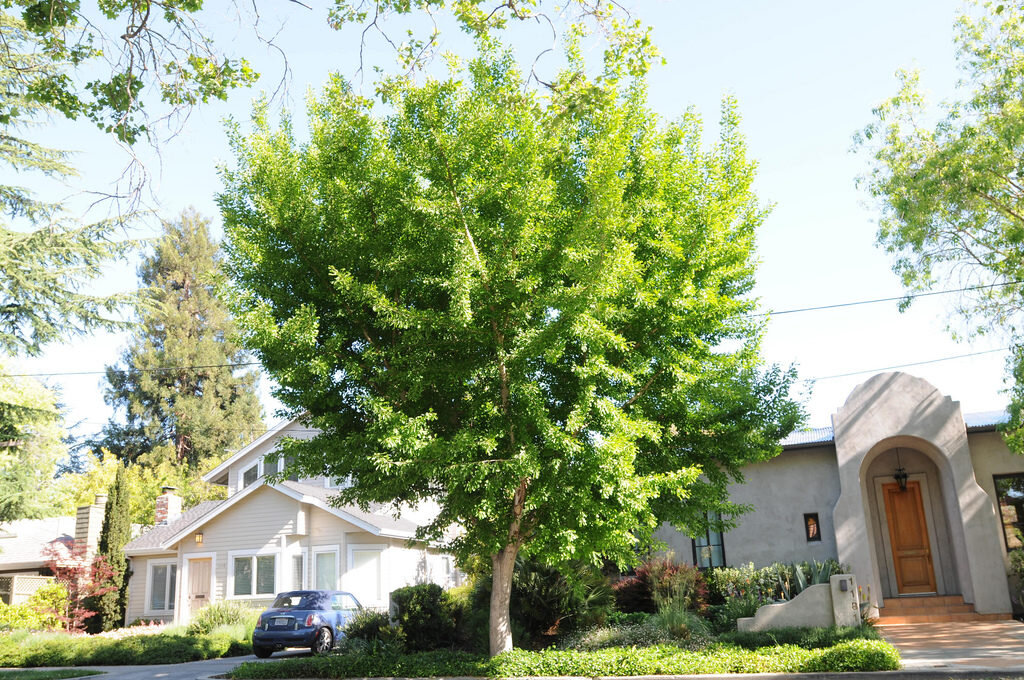Dawn Redwood









Dawn Redwood
VERY LARGE TREE; LIVING FOSSIL OF A TREE; FAST GROWING; PYRAMIDAL SHAPE; A DECIDUOUS REDWOOD
Species: Metasequoia glyptostroboides
Plant Size, Type & Delivery Height: 30 Gallon ; Greater than 6 Feet Tall
Mature Height: 75-100+ Feet
Growth Rate: Fast; 24-36”/year
Sunlight: Full Sun
Drought & Heat Tolerant: Not Really
Tree Form: Pyramidal
Description: The Dawn Redwood was once one of the most common trees on the planet with fossil records dating back 50 million years ago. It was thought to have only existed in the past , as fossils, until the 1940s when it was discovered growing in China. Since then it has made its comeback around the world as a novelty tree in many cities across the planet in arboretums, parks, and bold landscapes. This tree is closely related to the bald cypress and sequoia and so imagine that the two of those trees mixed. You can see the striking resemblance; the dawn redwood grows like a bald cypress shape and has the potential for height like a sequoia. This tree has such a fascinating history and ancient existence, that we feel it belongs in most any city around the world. This tree will one day become ginormous if allowed and will be an incredible focal point for the next generation and beyond. It is a deciduous tree, turning reddish brown in the fall before dropping its feathery leaves. The base of the trunk will often have a very pronounced fluting buttress, much more pronounced than even the bald cypress that you so often typically see.
Growing Considerations: This tree will become ginormous eventually. It will grow 2-3 feet every year once established and happy. So give it plenty of room. Think about the future of where you’ll plant it as best as possible. Think beyond your lifetime and even the lifetime of your property. Rather than planting it in the middle of your yard, perhaps in the corner where it could be worked around more easily is best?
This can be a tough tree suitable for some street tree plantings, but it does prefers a more acidic soil, which usually means a darker soil versus a more red soil. It does not do well with drought conditions typically, so find a place where it stays consistently moist.
Mono-Culture Risk: Low; Not Frequently Planted
Invasive Risk: None
THIS TREE HAS DIFFERENT SIZE VARIATIONS. 15 GALLON (~1.5”) AND 30 GALLON (~2”) DO NOT HAVE TREE PLANTING INCLUDED WITH PURCHASE.
45 GALLON (~3”) SPECIMENS INCLUDE TREE PLANTING.
45 GALLON TREE SPECIMENS INCLUDE A TREE DIAPER IN ORDER TO REDUCE MORTALITY RATES.










